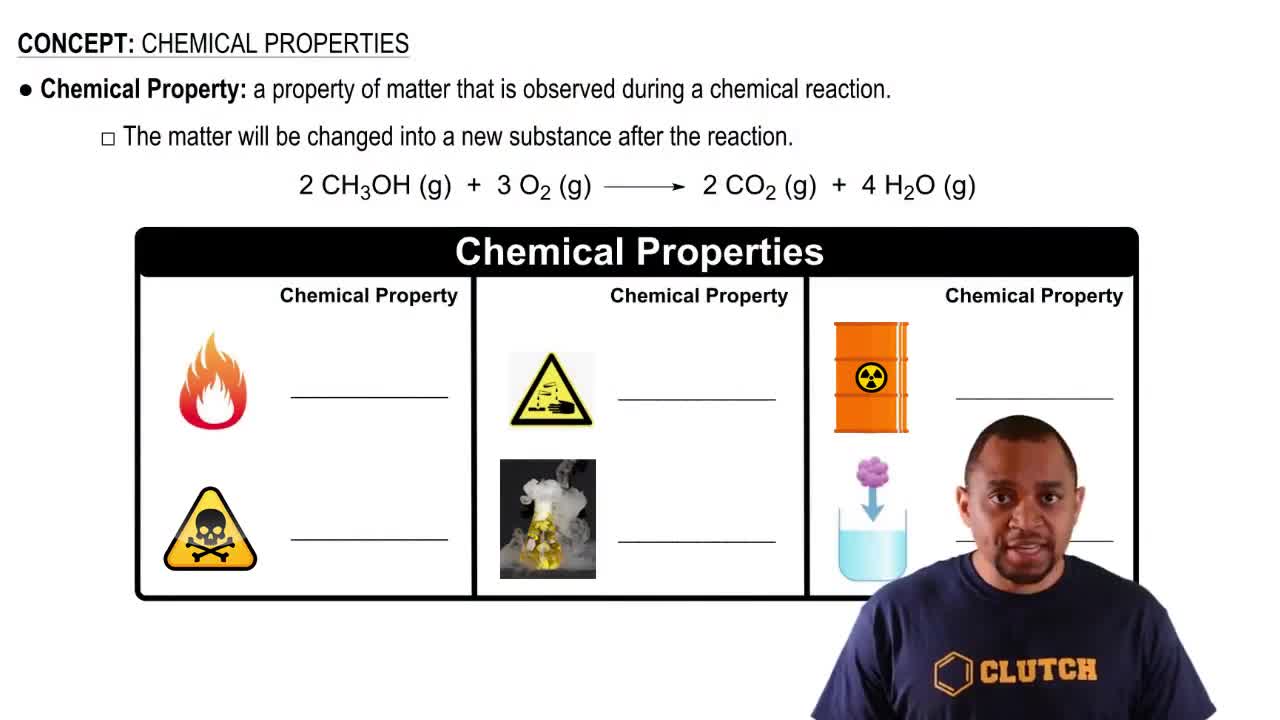Textbook Question
Write the formula for each acid. a. hydrofluoric acid b. hydrobromic acid c. sulfurous acid
1011
views
 Verified step by step guidance
Verified step by step guidance



Write the formula for each acid. a. hydrofluoric acid b. hydrobromic acid c. sulfurous acid
Refer to the nomenclature flowchart (Figure 3.11) to name each compound. a. SrCl2 b. SnO2
Refer to the nomenclature flowchart (Figure 3.11) to name each compound. c. P2S5
Refer to the nomenclature flowchart (Figure 3.11) to name each compound. a. KClO3 b. I2O5 c. PbSO4
Refer to the nomenclature flowchart (Figure 3.11) to name each compound. a. XeO3 b. KClO
Refer to the nomenclature flowchart (Figure 3.11) to name each compound. c. CoSO4